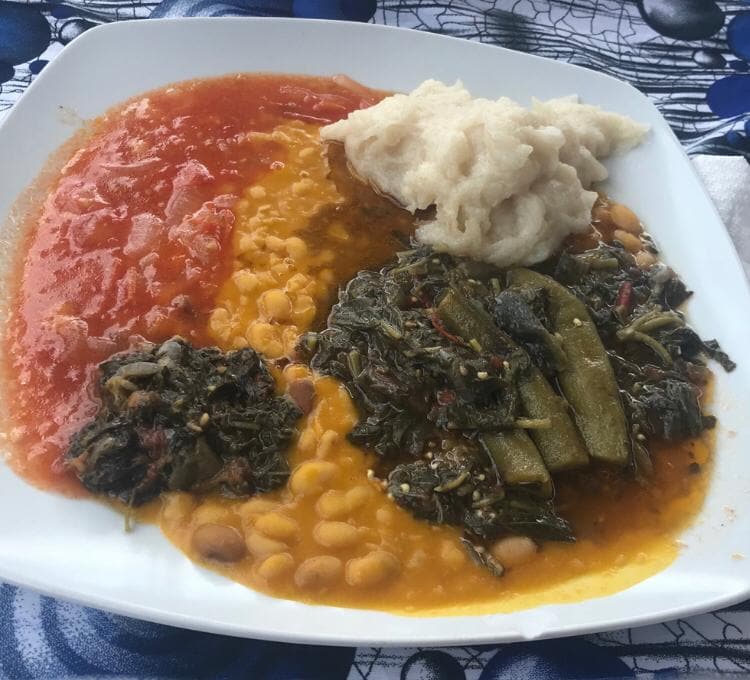Introduction: What is Angolan cuisine?
Angolan cuisine is influenced by a variety of cultures, including African, Portuguese, and Brazilian, making it a unique blend of flavors and cooking techniques. The cuisine of Angola is known for its richness, diversity, and use of fresh ingredients, such as fish, meat, vegetables, and fruits. The country’s cuisine has something to offer for everyone, including those who enjoy spicy food.
A brief history of Angolan cuisine
Angolan cuisine has its roots in the traditional cooking methods of the indigenous Bantu peoples, who used ingredients such as cassava, yams, and beans. With the arrival of Portuguese colonizers in the 16th century, new ingredients and cooking techniques were introduced, such as maize, wheat, and livestock farming. Over time, the cuisine has evolved and incorporated elements of Brazilian and African cooking styles, resulting in a diverse range of dishes that reflect the country’s cultural heritage.
The role of spices in Angolan cuisine
Spices play a crucial role in Angolan cuisine, adding depth and complexity to dishes. They are used to enhance the natural flavors of ingredients and create a harmonious balance of sweet, sour, and savory tastes. The use of spices also reflects the country’s history of trade and cultural exchange, as many of the spices used in Angolan dishes were introduced by Portuguese and African traders.
Common spices used in Angolan dishes
Some of the most commonly used spices in Angolan cuisine include garlic, chili peppers, ginger, paprika, and cumin. These spices are used to flavor stews, soups, and marinades, and are also used to make condiments such as hot sauce and salsa. Other popular spices include coriander, turmeric, and bay leaves, which are used in dishes such as moamba de galinha (chicken stew) and calulu (fish stew).
How spicy is Angolan cuisine?
Angolan cuisine can be quite spicy, depending on the recipe and the region. Some dishes, such as muamba de galinha, are known for their fiery heat, while others are milder and more savory. The level of spiciness can be adjusted by adding less or more chili peppers, according to personal taste.
Regional variations in spiciness
The level of spiciness in Angolan cuisine can also vary by region. In the coastal areas, seafood is a staple of the cuisine, and dishes are often milder and more fragrant, with the use of spices such as coriander and turmeric. Inland regions, such as the provinces of Huambo and Bié, tend to use more chili peppers and have spicier dishes, such as calulu.
Non-spicy Angolan dishes to try
For those who cannot handle spicy food, there are plenty of non-spicy Angolan dishes to enjoy. These include dishes such as funje, a type of porridge made from cassava flour, and feijoada, a hearty bean stew. Other dishes to try include xerém, a sweet cornmeal pudding, and chikuanga, a type of bread made from cassava flour.
Tips for enjoying Angolan cuisine’s flavors and spices
To fully appreciate the flavors and spices of Angolan cuisine, it is important to try a variety of dishes. Start with milder dishes such as feijoada and funje, and gradually work up to spicier dishes such as muamba de galinha and calulu. Be sure to pair dishes with a refreshing drink, such as the national drink of Angola, the capeta, a cocktail made with condensed milk, coconut milk, and cachaça. Above all, enjoy the rich cultural heritage and diverse flavors of Angolan cuisine.

